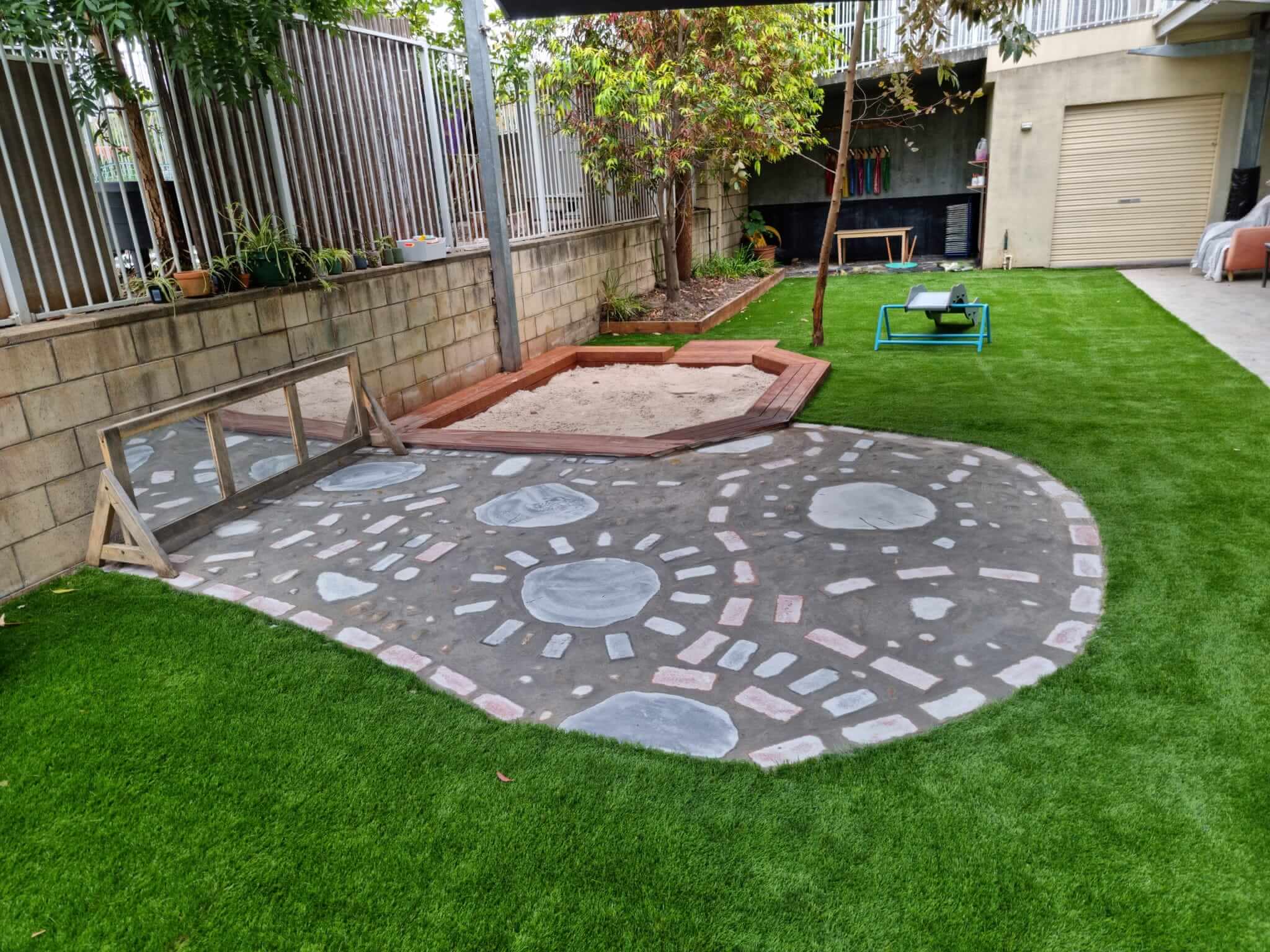Landscaping with stones adds a touch of natural beauty, durability, and sophistication to outdoor spaces. From pathways and patios to garden borders and water features, incorporating stones into your landscaping design can elevate the overall aesthetics and functionality of your outdoor area.
However, with a wide variety of stones available, choosing the best one for your landscaping project can be overwhelming. In this comprehensive guide, we will explore the different types of stones commonly used in landscaping and provide insights to help you make the right choice for your outdoor space.
- Natural Stone vs. Manufactured Stone
Before delving into specific stone types, it’s essential to understand the distinction between natural stone and manufactured stone. Natural stone, as the name suggests, is sourced from nature and is not altered significantly in terms of appearance. Examples of natural stones commonly used in landscaping include granite, limestone, sandstone, and slate. On the other hand, manufactured stone, also known as faux stone or cultured stone, is manufactured to resemble natural stone but is often more affordable and consistent in appearance.
- Granite
Granite is a popular choice for landscaping due to its durability, strength, and natural beauty. It comes in a range of colours, from warm earth tones to cool greys, and its speckled patterns add visual interest. Granite is ideal for pathways, patios, and outdoor kitchen countertops, as it can withstand heavy foot traffic and various weather conditions.
- Limestone
Limestone is known for its soft, muted colours and natural textures, making it an excellent option for creating a relaxed and classic ambiance in your landscaping. It is suitable for pathways, stepping stones, and garden borders. However, limestone is relatively porous and may require sealing to protect it from staining and weathering.
- Sandstone
Sandstone is prized for its warm hues and distinctive grain patterns. It is a versatile stone that can be used for paving, garden walls, and water features. Sandstone’s natural slip-resistant surface makes it a safe choice for areas that may get wet, such as around swimming pools or water features.
- Slate
Slate is a fine-grained natural stone that comes in various shades of grey, green, and black. It has a unique layering effect that adds texture and visual appeal to landscaping designs. Slate is an excellent choice for garden walkways, stepping stones, and pool surrounds, as it provides a sleek and modern look.
- Bluestone
Bluestone, also known as basalt, is a type of natural stone with a blue-grey colour that complements a wide range of outdoor settings. It is durable and slip-resistant, making it ideal for patios, pool decks, and outdoor stairs. Bluestone is a premium option that adds a touch of elegance to any landscape.
- River Rock
River rocks are smooth, rounded stones that are naturally sourced from riverbeds. They come in various sizes and colours, adding a natural and rustic touch to landscapes. River rocks are commonly used for decorative purposes, such as in garden beds, dry riverbed features, and around water features.
- Gravel
Gravel is a cost-effective and versatile option for landscaping. It is available in different sizes and colours, making it suitable for pathways, driveways, and ground cover in garden beds. Gravel allows for excellent water drainage and can add texture and visual interest to your outdoor space.
- Crushed Stone
Crushed stone is made from natural stone fragments crushed into various sizes. It is commonly used as a base material for pathways, driveways, and patios. Crushed stone is a durable option that provides a stable foundation for other landscaping elements.
- Considerations for Stone Selection
Aesthetics: Consider the overall aesthetics and style of your outdoor space. Choose stones that complement the existing architecture and landscape design, creating a harmonious and visually appealing environment.
Durability: Select stones that can withstand the climate and weather conditions in your area. Durable stones will retain their beauty and integrity over time.
Functionality: Assess the intended use of the stones. Different stones may be better suited for specific purposes, such as walking surfaces, decorative accents, or retaining walls.
Maintenance: Consider the maintenance requirements of the stones. Some stones may require sealing or regular cleaning, while others may be more low-maintenance.
Budget: Set a budget for your landscaping project and choose stones that fit within your financial constraints. Remember that higher-quality and rarer stones may come at a premium price.
- Seeking Professional Advice
If you’re unsure about which stones are best for your landscaping project, consider consulting with a professional landscaper or stonemason. They can provide valuable insights and recommendations based on your specific needs and preferences.
Conclusion
Choosing the right stones for your landscaping project is essential for creating a beautiful, functional, and enduring outdoor space. Each type of stone brings its unique characteristics and charm to your landscape design. Consider factors such as aesthetics, durability, functionality, maintenance, and budget when making your stone selection.
Granite, limestone, sandstone, slate, bluestone, river rock, gravel, and crushed stone are all popular choices with their own distinct qualities. Whether you’re looking to create a serene garden path, a luxurious patio, or a captivating water feature, the right choice of stones will elevate your outdoor space and provide years of enjoyment.
Remember to seek professional landscaping advice if needed, and let the natural beauty and durability of the stones transform your landscape into a breathtaking oasis that enhances your property’s value and enriches your outdoor living experience.


